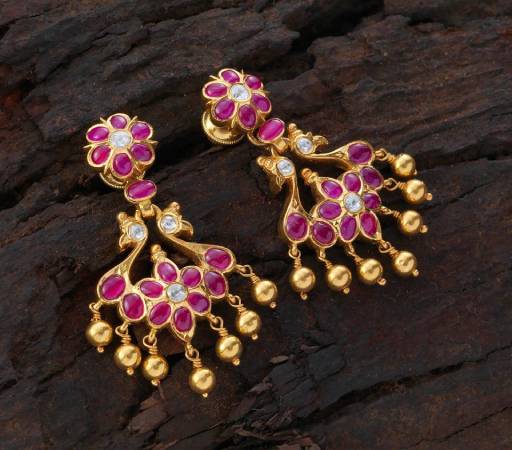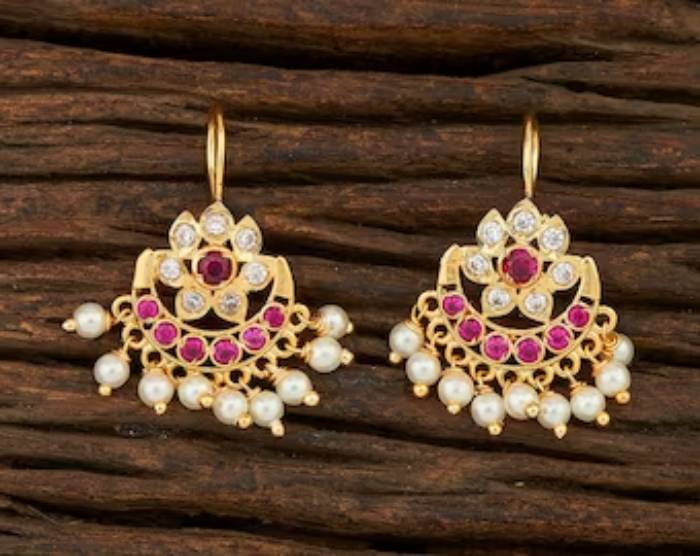What is Bugdi Design?
Bugdi design is a unique piece of jewelry that is worn on the upper edge of the ear, the earlobe. This ornament is an essential adornment, especially in the state of Maharashtra and also in the northern states of Karnataka. According to Maharashtrian culture, Bugadi is an obligatory part of a Maharashtrian bride’s dowry. The particularity of this jewel is that the brides wear it in the helical part of their ear with Love Moschino Bags.

This traditional, fashion-backed Bugadi is now available in various designs and patterns to enhance the appearance of the ears. These earrings are mostly gold and can attach them easily to the upper earlobe or worn with a piercing.
Bugdi design as ear stud piercing: This type of bugadis looks similar to a nose stud or a stud that requires a piercing through which you can wear the jewelryand secure with a screw.
Check out the traditional Bugadi pin designs:
Bugdi designs are worn in the helix area of the ear and come in an incredible variety of patterns, colors, set stones, etc. Each has a thin, long cap that is hollow and has a screw. The screw has balls on either side that help hold the Bugadi in place. The ball under the propeller is usually slightly larger and has a variety of patterns. The Bugadi differ based on these notions.
Different Types of Traditional Bugdi Design
- Khaddi-bugdi design is a variant of Bugudi, which has characteristic metal loops of different sizes on its upper part.
- The Kalashin bugdi has a button-shaped region with 6 granules which has a higher 7th granule, which makes the upper region of the bugdi look like the top of a temple or the “Kalash” of a temple. You can consider Kalash as auspicious. Making this type of Bugadi so popular.
- The Moti- bugdi or the Pearl bugdi has pearls attached to a gold disk or ball. Only married women wears such designs and were once reserved for Brahmin women.
- Lavanga bugdi literally means clove stick and is a term attributed to the simplest (stick-shaped) bugadi, which is more commonly seen in Tamil Nadu.
Some bugdi also have stitches, childish works, and details that make them look beautiful and eye-catching. You can notice such variants in Hyderabad. Bijapur, and Belgaum. The lower sphere of these bugudis usually (but not always) shows small granules or “jhumkas.”
There are also bugdi, which have hanging discs instead of the lower ball. These variants date from the 18th century. Worn by non-Hindus, they are mainly worn by women in Kerala and Sri Lanka. These discs bear the Bugdi design of Lakshmi, swans, and other deities or symbols are auspicious to them. A striking design features a goddess Lakshmi in the center, surrounded by stars in a concentric circle and further surrounded by a row of swans. This Bugdi design promotes good luck and prosperity, as well as the ability to distinguish between good and evil.
The bugdi is another vivid example of how religious symbols have influenced Indian Bugdi design and jewelry. Thus, Indian jewelry has its own language through which it communicates with us. Furthermore, each piece of jewelry in India shows us what was important to people at a certain time, popular trends and designs, etc.

